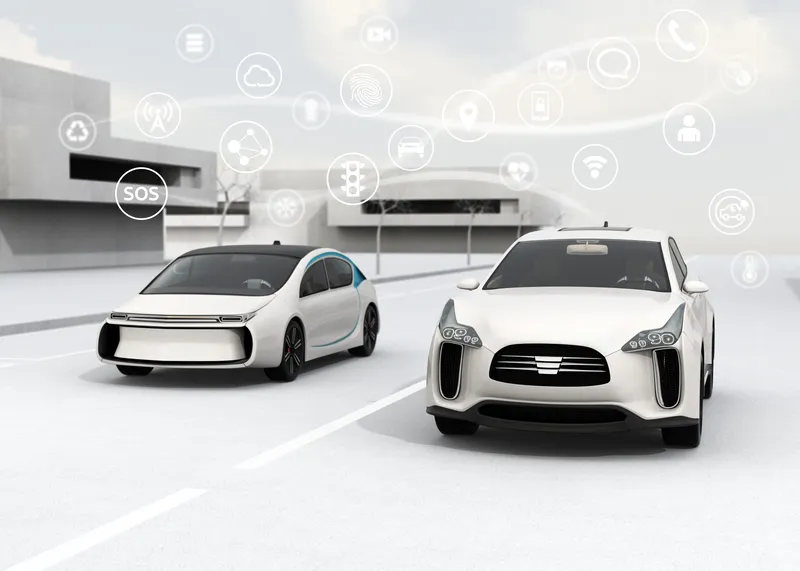Agnik, a US-based data analytics company for distributed, mobile and embedded environments, has selected Kore Telematics to power its MineDrive usage-based automobile insurance application. This provides insurance carriers with detailed intelligence about driver and automobile performance, enabling more accurate adjustment of their offerings.
April 20, 2012
Read time: 2 mins
The MineDrive technology, available in many OBD and heavy-duty dongle configurations, uses Agnik’s patented onboard data mining algorithms to analyse vehicle diagnostic, acceleration, driving and location-related data directly from within the vehicle. The application then summarises, packages and securely transmits the analysis via the Kore M2M network, arming insurance companies with detailed knowledge of driver and vehicle behaviour to support actuarial calculations. MineDrive also offers extensive statistical data analysis tools for detecting patterns from driving behaviour, vehicle performance and various other types of correlated data relevant for actuarial risk analysis.
“The Agnik MineDrive application needs to function seamlessly across multiple geographies and wireless networks in order to provide accurate driver behaviour analysis to insurance companies and value-added services to consumers,” said Hillol Kargupta, president, Agnik. “The Kore network provides cellular connectivity across the globe through one homogeneous interface. This eliminates roaming concerns, the need to manage multiple wireless provider relationships and speeds the training of our employees.”










